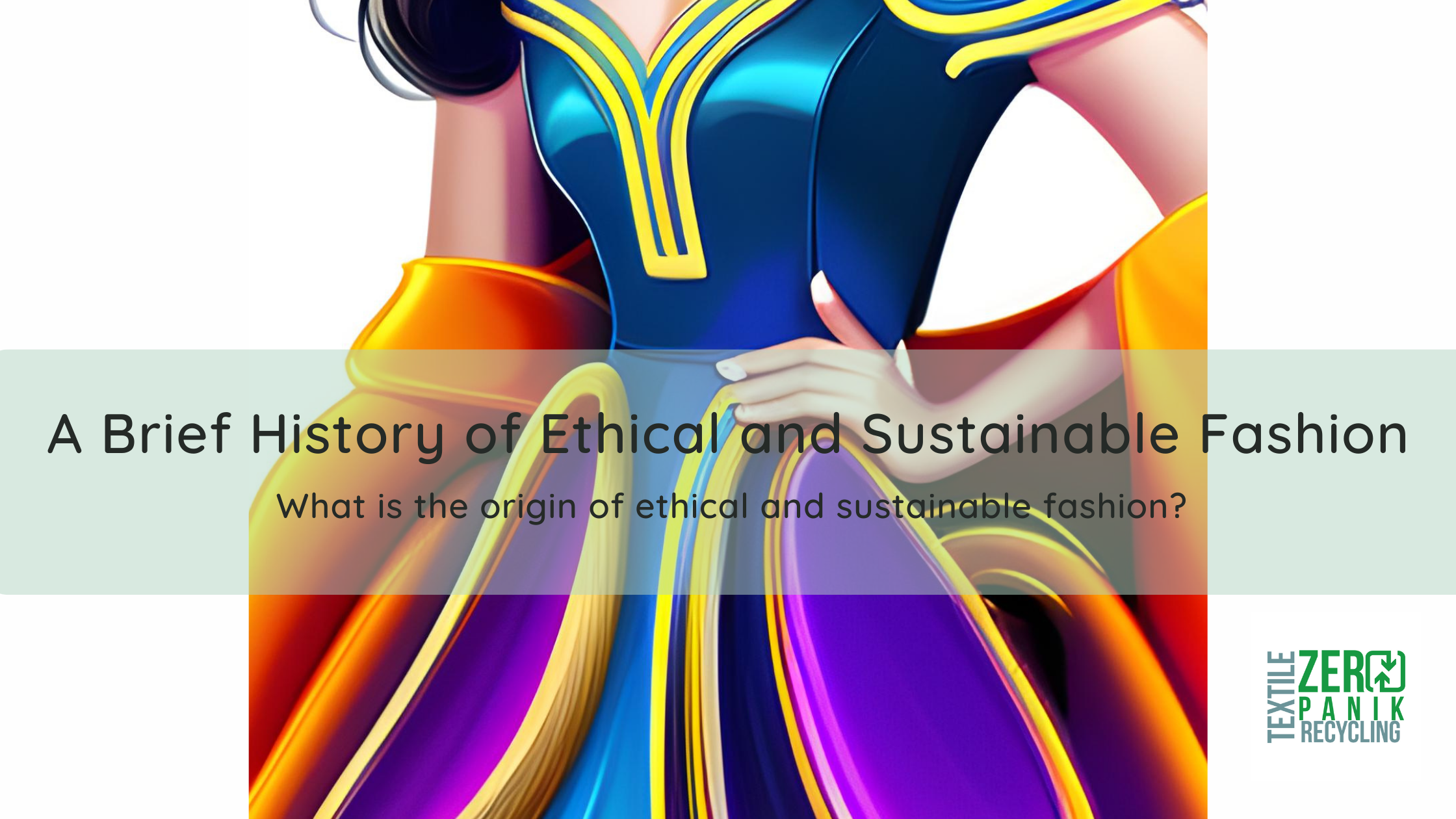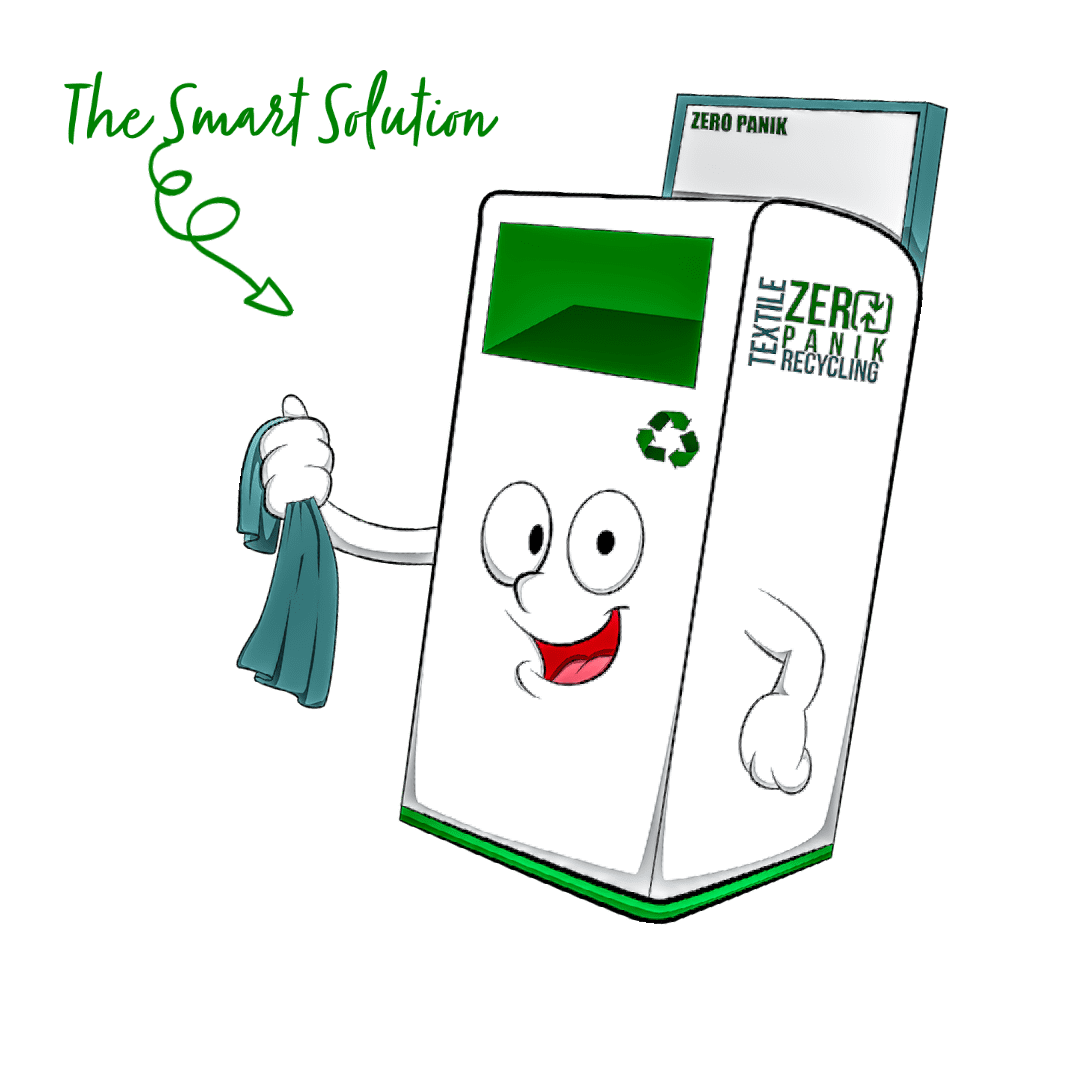
Introduction
The international fashion industry is worth billions of dollars and is responsible for a large percentage of the world’s pollution. The industry has long been criticized for its exploitative labor practices and destructive impact on the environment. In recent years, however, there has been a growing movement toward ethical and sustainable fashion.
The concept of sustainable fashion has been around for decades, but it was only in the past few years that it has gained mainstream attention. Sustainable fashion is often defined as clothing that is produced in a way that is environmentally and socially sustainable. This includes using sustainable materials, ethical production practices, and supporting local economies.
Ethical fashion is a similar concept, but it focuses specifically on the treatment of workers in the fashion industry. This includes ensuring fair wages, proper working conditions, and no forced or child labor.
The demand for ethical and sustainable fashion is on the rise, and more and more companies are beginning to adopt these practices. However, there is still a long way to go. To learn more about the history of ethical and sustainable fashion, read on!
What is ethical and sustainable fashion?
Ethical and sustainable fashion is a term used to describe fashion that is produced in a way that is environmentally and socially responsible. This includes using sustainable materials, fair labor practices, and producing products that have a minimal impact on the environment.
There are a growing number of fashion brands that are committed to ethical and sustainable fashion practices. This is partly because consumers are becoming more aware of the negative impact the fashion industry can have on the environment and society. As a result, they are demanding more accountability from brands and are willing to pay more for products that are made sustainably.
If you are interested in purchasing ethical and sustainable fashion, there are a few things to keep in mind. First, check to see if the brand is transparent about its production process and supply chain. Second, look for brands that use sustainable materials and employ fair labor practices. Third, consider supporting smaller, independent brands that prioritize ethical and sustainable values over profit. Fourth, try to invest in timeless pieces that will last longer, rather than trendy pieces that may quickly go out of style. Finally, recognize that supporting ethical and sustainable fashion often comes with a higher price tag, but the value of investing in quality, conscious clothing is worth it in the long run.
A brief history of ethical and sustainable fashion
The origins of sustainable fashion can be traced back to the 1960s when environmentalism and the need for conservation became a mainstream concern. During this time, people became more aware of the impact that industry was having on the environment and started to consider the need for sustainable and ethical practices in all sectors, including fashion. In the 1970s, the slow fashion movement emerged, which advocated for buying fewer, high-quality garments that were made to last. This movement also emphasized the importance of repairing and repurposing clothing to reduce waste. In the 1990s, the term “eco-fashion” came into use, which referred to clothing made from sustainable materials and produced in a way that minimized environmental impact. Ecofashion was seen as a niche market, appealing mainly to environmentally conscious consumers.
It wasn’t until the 2000s that sustainable and ethical fashion began to gain wider recognition. High-profile incidents, such as the Rana Plaza factory collapse in 2013, brought attention to the exploitative practices of the fashion industry and spurred calls for change. Since then, many companies and designers have begun to incorporate sustainable and ethical practices into their operations. There has also been a rise in eco-friendly materials, such as organic cotton, recycled polyester, and sustainable alternatives like Tencel and hemp. Despite these steps forward, the fashion industry still has a long way to go in terms of sustainability and ethics. Fast fashion, which promotes the frequent buying of low-cost clothing, is still prevalent and continues to create an enormous amount of waste. However, the demand for sustainable and ethical fashion is growing, and the industry as a whole is beginning to recognize the importance of making changes for the betterment of the planet and its people.
The future of ethical and sustainable fashion
The fashion industry is under increasing pressure to be more sustainable and ethical. Consumers are becoming more conscious of the impact their clothes have on the environment and on the people who make them. As a result, more and more brands are beginning to focus on sustainable and ethical production.
However, there are still many challenges facing the fashion industry when it comes to sustainability and ethics. For example, the production of synthetic fabrics like nylon and polyester generates a lot of pollution. And the global demand for cheap clothes often leads to workers being paid very low wages.
Despite these challenges, there are reasons to be optimistic about the future of ethical and sustainable fashion. Many brands are committed to making change, and some are even leading the way in developing new sustainable technologies. So it is possible that, in the future, all fashion will be ethical and sustainable.
Conclusion
In conclusion, the fashion industry has a long history of ethical and sustainable practices. From the early days of the trade, when fabrics were sourced from local farms and artisans to the modern era of mass production and global supply chains, the fashion industry has always been driven by a commitment to ethical and sustainable practices. Today, as the industry faces a range of challenges, from environmental sustainability to the exploitation of workers, it is more important than ever to support ethical and sustainable fashion. Consumers can support ethical and sustainable brands by voting with their dollars and supporting businesses that are transparent and environmentally responsible.
